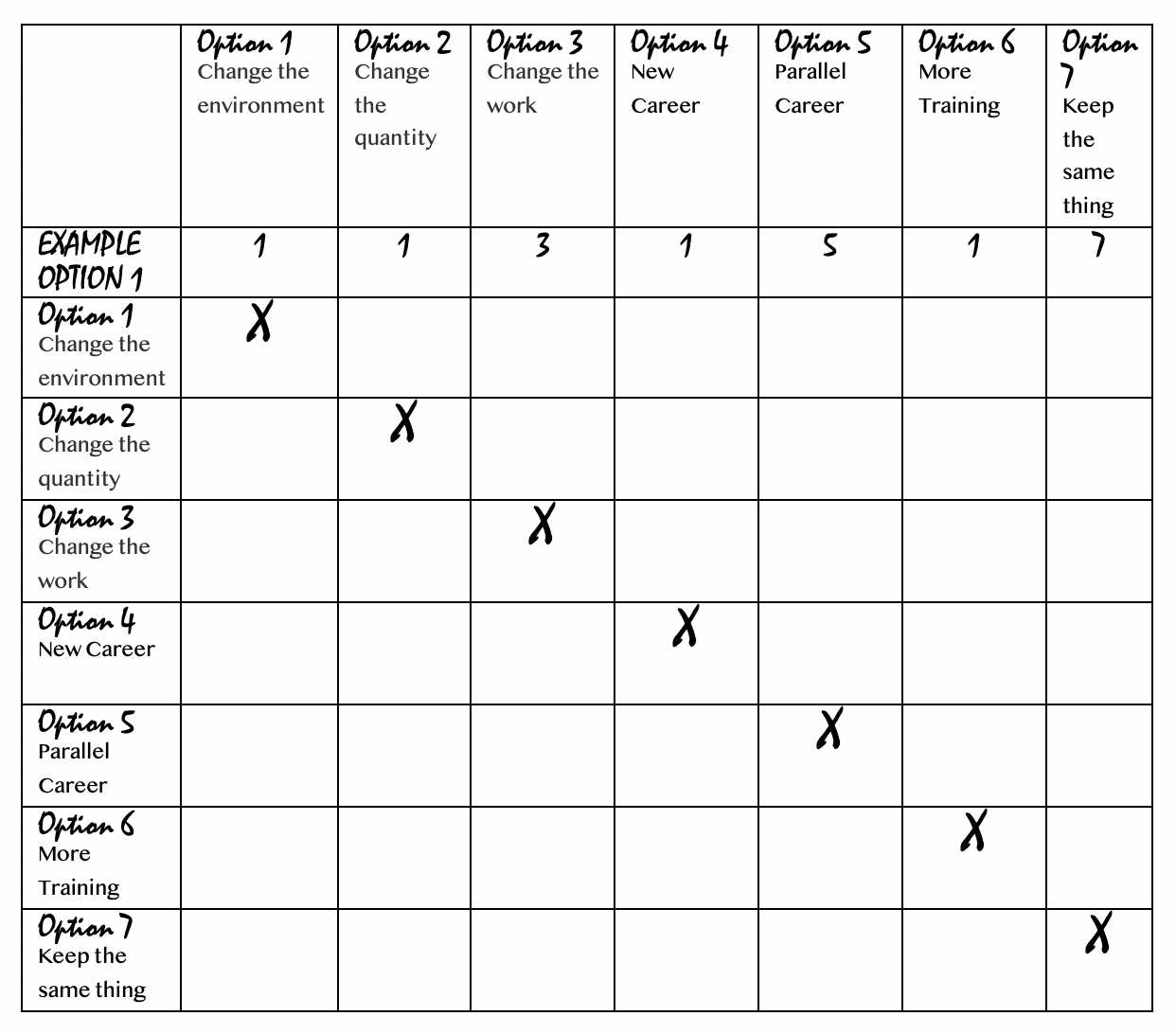Sabbatical Surprises and Personal Learnings
/I didn’t expect that revisiting old wounds—places, people, and memories I had avoided for years would become a doorway into healing, not re-traumatization. Replacing the years of feared-anticipation, followed freedom from facing the demons and pain of the past.
Although sabbatical offered the gift of openness, I found myself repeatedly avoiding addressing areas from my past known as “neatly packaged areas of pain” from the past.
Let me share vulnerably a profound and beautiful dream I had just a month before my sabbatical started. I’m not new to dreaming vividly. I sit up and pay attention when dreams come with powerful emotions. This particular one was profound with depth and meaning. In my dream there existed a bountiful sunshine ray creating a visual of irridescent waters seen from cliffs - cliffs that were recognizable to me as the ones I knew while living in England. This view included fish of all kinds many that glowed in irridescent fashion through the water so clear you could drink it.
This was the kind of dream you don’t want to turn away from or wake up from.
Upon waking the irony was not lost. The place and people I feared facing, the “neatly packaged past” in reality was the same place that was simultaneously repulsive from pain and drawing me in through the overwhelming beauty seen in a dream - might the beauty have always been there, simultaneously overshadowed and stolen by the darkness?
I can still see that prophetic-feeling dream. I had to ask, what might God have for me in this place; this familiar yet seemingly dreadful place filled with memories of isolation and depression - some of the most painful memories of my life?
While wrestling with facing the memories I thought I had healed from, I stumbled upon the surprise gift of a person I didn't know I needed. I discovered my aligned sabbatical coach living in that exact place - maybe a sign, if nothing else, an invitation to confront what seemed so potentially disruptive to the trauma of my past. The human accompaniment and safe attachment figure I found in her, highlighted the lacking many years prior and how brave and incredibly courageous a younger me had been all those years ago.
This gift of a person was the illuminated light in the waters of my dream. A tangible healing partner for the intangible pain.
The surprises and highlights…
Returning to England nearly 30 years after deeply painful and emotionally destructive ministry service season, I found a redemptive, even joyful experience waiting for me in the people and the place. Introducing my husband and children to that place, reconnecting with beloved people, and rewriting the narrative surprised me with its power.
The same was true in Pasadena, Malaga, Spain, and other spaces of loss and transition. Facing what I had long feared, loosened the hold those memories had on me creating space for the beautiful memories to emerge. I was reminded of my love for travel, for all the years of home in Europe and the way our family shows up best when we are on the road.
I was surprised by how closely my personal healing was tied to the future of the organization of The Way Between. As I experienced emotional and financial freedom, it became clear that these values must be embedded in how we structure the organizations and programs as well as how we develop leaders. I recognized leadership formed through hustle, fear, or over-functioning is not sustainable. Our future must be built on rest, clarity, and wholeness.
Another surprise was how much pain I was still carrying from the systems I’ve been a part of especially as a woman in ministry - the sense of being unseen, the hustle to survive, the emotional toll of leading in male-dominated environments where power distribution often goes unchecked had taken its toll on me.
Listening to the Rise and Fall of Mars Hill podcast highlighted for me that when we step into leadership responsibilities prematurely, we are prone to take our immaturity and create toxic and unhealthy environments. I was reminded of my need for older and wiser leaders that will go “toe to toe” in challenging my assumptions and ways of leading.
What surprised me even more was the deep healing that came simply from being invited to the table from day one as a recipient of the Duke/Lily Foundation grant. As an equal, as a leader, as someone whose voice mattered, I was welcomed. That validation helped silence the imposter syndrome in ways that opened me up to the next many months that followed. As well, the invitation to the table was not just for my body, but my whole self- ideas, intuitions, voice and all.
I found myself dreaming again - literally and figuratively. I honestly didn’t expect to want to stay as the director of this organization of which I founded. I assumed I would return from sabbatical ready to let go, maybe ready to move into a different role or season. But instead, I realized it was not the leadership role I was ill-equipped or misaligned in, but rather other roles I am not equipped for such as board chair, head of development, marketing and administration. In taking on all of these roles as one does in start-up mode, while necessary for a time, highlighted that I’ve been limiting both myself and the organization. Letting go of certain hats now feels like a possibility and an act of obedience in stewardship for those we serve.
As well, I wanted to continue, not from duty, but from desire and sheer joy of being able to serve. That shift from exhaustion to renewed vision was a beautiful surprise. I began to imagine doing this work with more support, more clarity, and from a place of abundance instead of burnout. Through the pause and the waiting, I could begin to see the beauty in the waiting.
And finally, I was surprised by the joy. Not just relief, or closure, but joy. Revisiting former clients in their contexts, re-engaging in communities I love and served, and seeing my children thrive again being abroad reminded me that our story, both mine and this organization’s, is far from over.
What I thought might be the end has in many ways become a new beginning. I’m excited for this next chapter…the gift of perspective and a buena vista (beautiful view) that I will carry with me for years to come.
Stay tuned…there is more to come. For all of us.
Thanks for reading along and supporting us in the work we get to do alongside of ministry leaders around the globe.


































